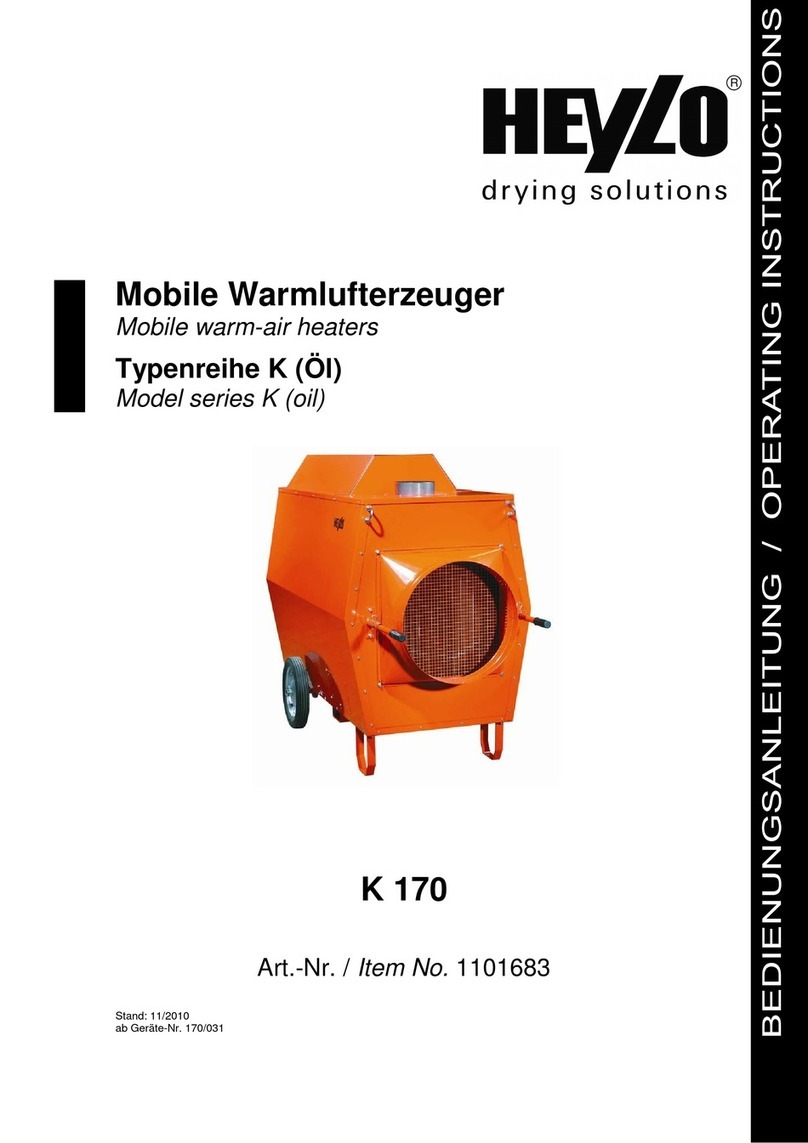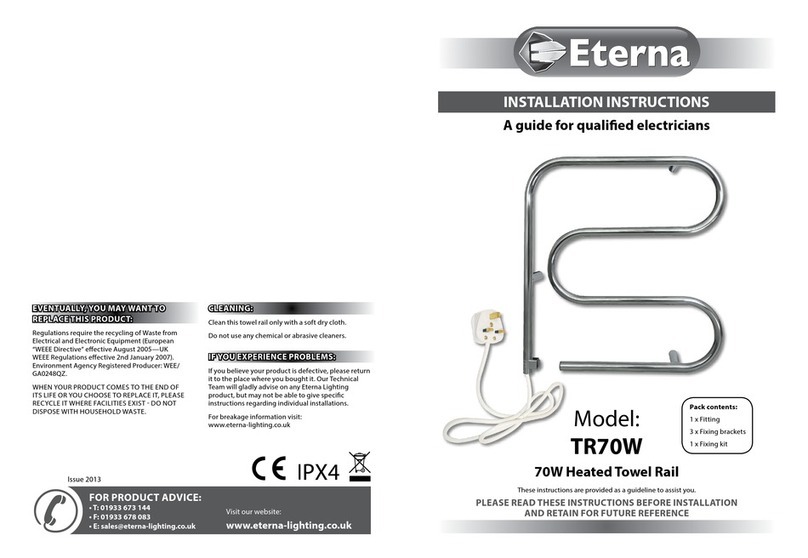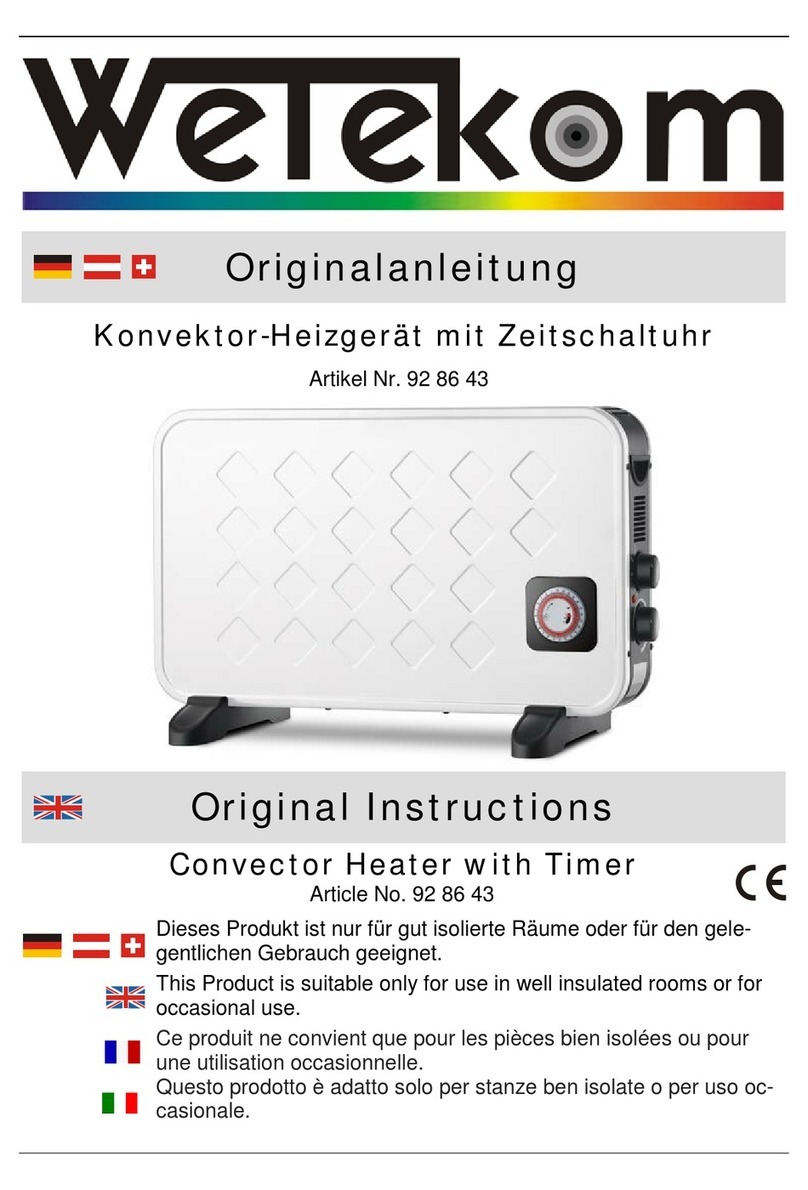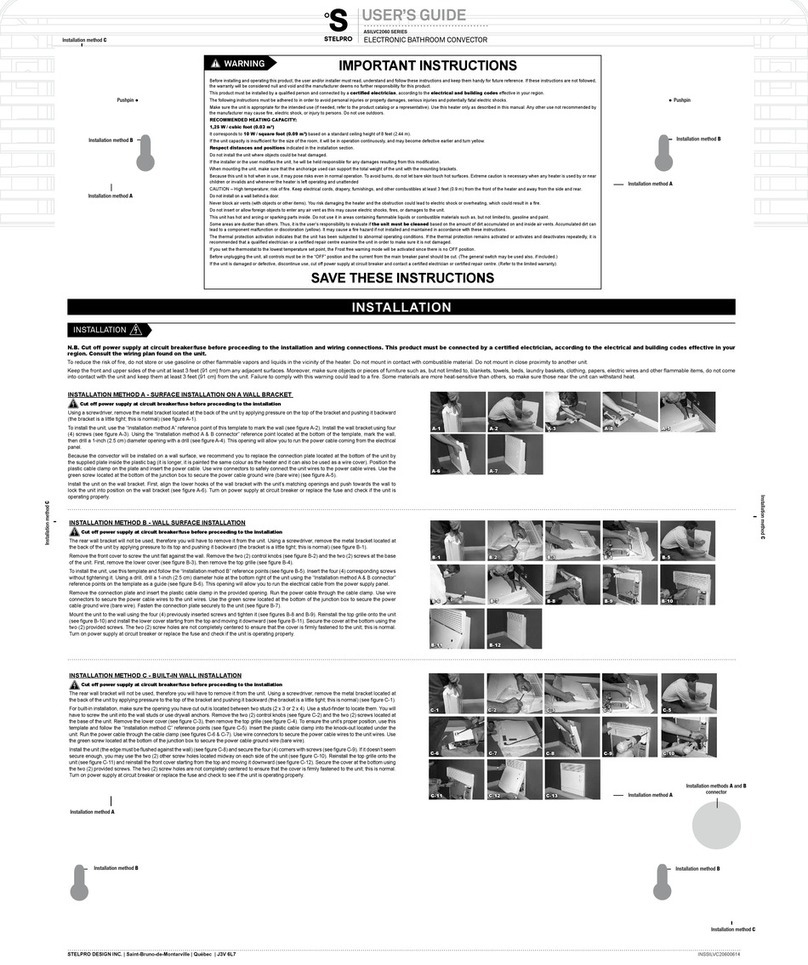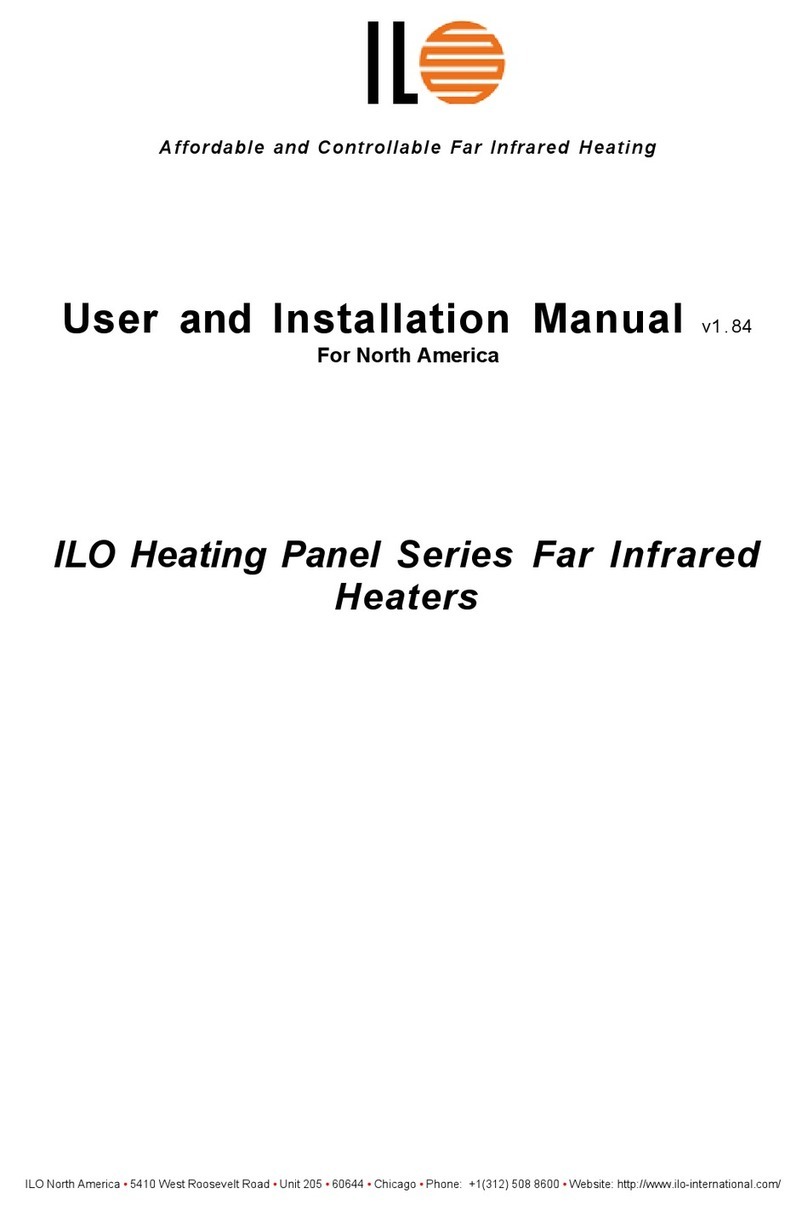
About the Series 48 Heater System
The Series 48 Heater System is an integrated, electronically controlled line of heater
products. They have been designed to meet a variety of application requirements
while emphasizing personnel safety and equipment preservation. These heaters
reduce contamination; increase system uptime and product yield; and decrease
scheduled maintenance.
Series 48 heaters are designed to be easy to install, operate, and customize to meet
the needs of modern manufacturing processes. By using an optional upgrade
module, each of the controlling parameters of any heater can be individually
adjusted for complete heating system customization and control. This will permit
simple adjustments such as correcting a cold spot, creation of a thermal ramp
across the entire system, or anything in between. Control settings can be modified
“on the fly” without the need to interrupt power to the system.
The system can be operated and controlled locally, remotely, or both can be done
simultaneously. Optional upgrade modules allow for RS485 communications and
remote connectivity via Internet. User-friendly software has been created to allow
the adjustment of any of the control parameters, data logging, and heater
diagnostics. It has the ability to automatically assign individual addresses to each
controller. It is therefore not necessary to manually assign an address to each
controller prior to installation, although this can be done if desired.
Controlling devices such as thermostats, switches, and fuses, are subject to pre-
mature degradation and failure due to exposure to high temperatures. They are
typically installed within the heater in close proximity to that which is being heated,
resulting in component degradation and premature failure. These devices do not
exist in Series 48 heaters. All controlling and safety functions are located within the
control housing. This ensures that the user can expect the longest possible lifetime
from a heater. Over-temperature protection is performed within the controller; the
limit temperature is user adjustable and the circuit re-settable. In case of an over-
temperature event, the heater is not rendered useless. The operator simply re-sets
the heater control and normal operation resumes.
The molded silicone foam thermal insulation prevents heat loss and maintains the
external temperature within safe limits while the internal temperature is as high as
185°C. From room temperature, the heaters typically reach their set temperatures in
less than 30 minutes.
All materials used in the heaters and insulators are suitable for clean room use.
Based on Class 1 clean room tests conducted at HPS®, Series 48 heaters emit less
than ten 0.7µ particles per cubic foot per minute.
9








